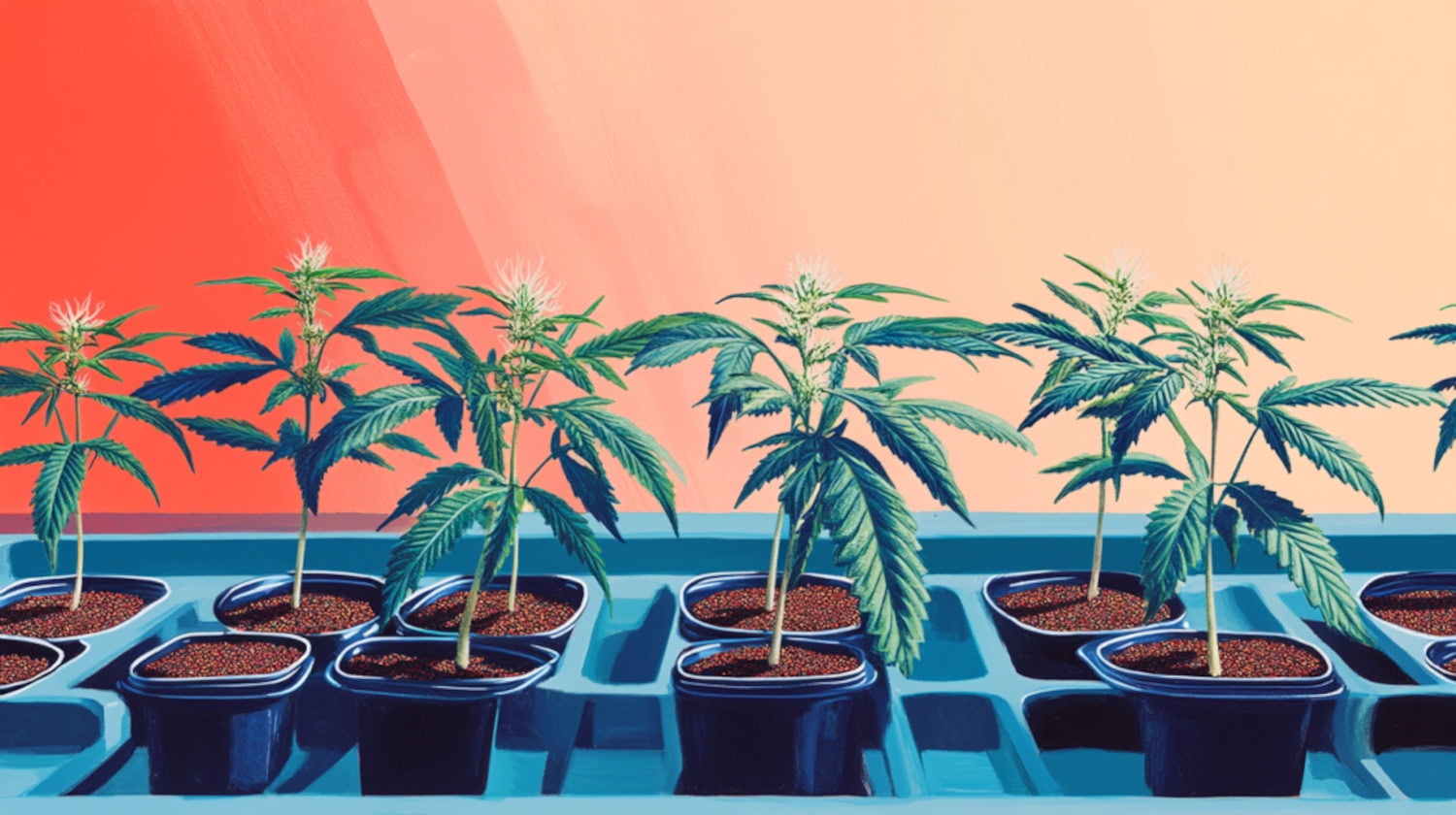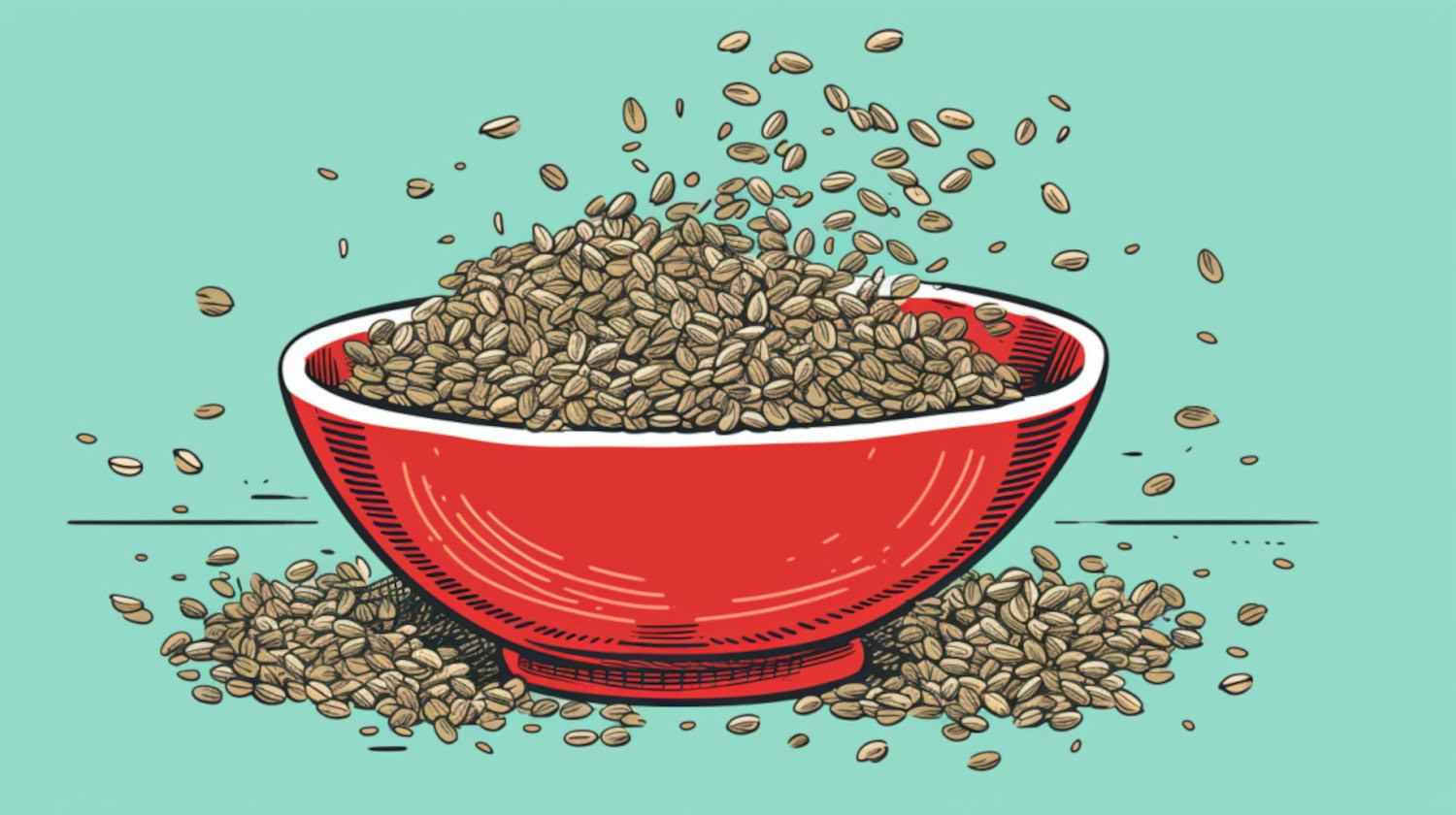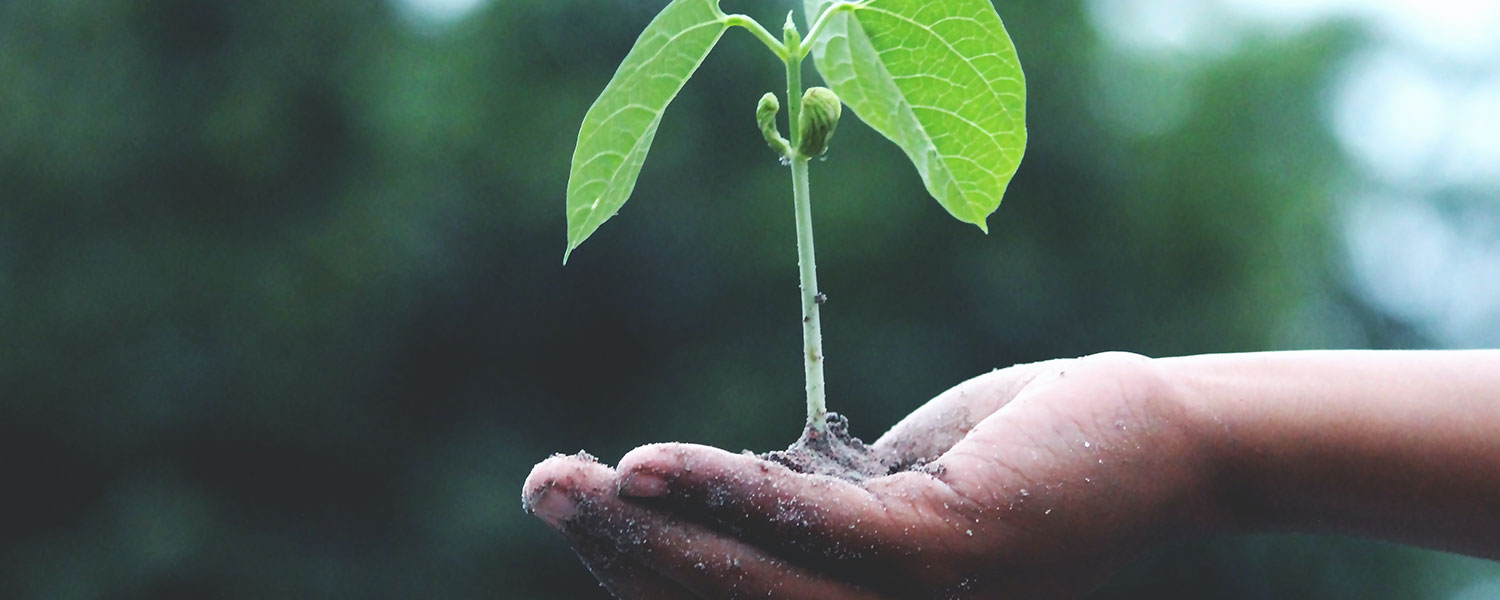Key Takeaways
- The seedling phase is a crucial period in a cannabis plant’s early life.
- To succeed at this stage, seedlings will require significant attention and optimal grow settings.
- With the correct setup and an understanding of cannabis cultivation, most can grow good- to high-quality cannabis.
The seedling phase is the second stage in a cannabis plant’s grow cycle. This multi-week process occurs after the plant’s germination when the seed sprouts. This relatively short but vitally important phase is where tiny cannabis plants establish their root system and leaves, often called true leaves.
The ideal cultivation setup, understanding the fundamentals, and avoiding common pitfalls are all core to growing high-quality cannabis. One of the first steps to getting there is a successful seedling stage.
Supplies for Cannabis Seedlings
Proper preparation is one of the core fundamentals of growing cannabis successfully. From micro- to macro-scale grows, success starts with planning.
Acquire all necessary supplies before tackling any other step, including:
- Quality Seeds: Genetics play an instrumental part in the quality of the cannabis produced. As it’s often said in cannabis, “quality in, quality out.” Choose healthy seeds from a trusted supplier for the best possible results.
- Soil: A well-aerated, slightly acidic soil, with pH typically between 6.3 and 6.5, is essential to maintaining proper drainage. Without this, oxygen can’t reach the roots. Without oxygen, the plant will starve.
- Containers: Seedlings should begin their lives in small pots or trays with adequate drainage holes. Once matured, they can move to larger containers. Starter pots and jiffy disks are ideal for transplanting, while fabric pots often work for indoor growing.
- Watering Tools: A small watering can or spray bottle is ideal for misting. Larger operations will need additional equipment, such as humidifiers, pump sprayers, propagation benches, and misting manifolds.
- Light Source: Seedlings need strong, direct light to develop their sturdy stems and healthy leaves. Without the proper light, they’ll stretch out and become weak and leggy. Compact fluorescent lights (CFL) bulbs and T5 fluorescent lights are often recommended.
- Fertilizer (Optional): The seedling stage doesn’t require fertilizer, as seeds have enough nutrients. Growers should wait until the plant grows three to four sets of true leaves before feeding.
How Long Are Cannabis Plants Considered Seedlings?

The seedling stage occurs right after the seed coat splits open and the plant sprouts. At this most fragile state, the seedling period typically lasts two to three weeks, with some sources slightly augmenting that timeline by a week or two.
What should a 2-week-old cannabis seedling look like?
At the two-week mark, a healthy cannabis seedling should have developed a couple of sets of true leaves, or cotyledons, along with a sturdy stem. The leaves should be the vibrant, classic green color often associated with cannabis. By then, the plant should be developing without signs of stretching or stress.
The seedling phase is considered over when the young plant grows between four and eight sets of leaves.
Basic Care for Cannabis Seedlings

Each of the following components helps establish a suitable setup for seedlings to mature into their next phase:
Light
Cannabis seedlings are light-sensitive, requiring a regimented, gentle schedule to avoid their leaves burning or stretching.
- Seedling Light Schedule: Many growers prefer a cycle of 18 hours of light and six hours of dark. Additionally, some prefer to start with a lower light intensity, usually about half the normal distance for adult plants, and continue until the plant develops nodes.
- Type of Light: Compact fluorescent lights (CFLs) or T5 bulbs are ideal because they produce less heat than HID or LED systems.
- Positioning: Lights should be set nine to 17 inches from the top of the seedling. If the plant begins to stretch or become leggy, the light may be too far away. Adjust as needed.
Water
Seedlings have tiny root systems requiring specific watering settings, such as:
- Water Frequency: This early phase requires water when the top inch of the soil feels dry. If needed, use a finger to check the moisture level.
- Watering Technique: Pour water around the seedling’s base, not directly on the stem. Light misting once or twice a day should be enough.
- Overwatering: Signs of overwatering include droopy or yellowing leaves. If overwatering occurs, allow the soil to dry out before hydrating again. Resolve as soon as possible, or risk damping off (a fungal disease caused by excessively wet soil, likely from inadequate drainage and/or incorrect humidity levels).
Fertilizing
Cannabis seeds contain enough stored nutrients during their early growth stage, meaning fertilizer is optional:
- When to Feed: Wait until the seedlings develop three to four sets of true leaves before fertilizing.
- Type of Fertilizer: Opt for a light, organic fertilizer.
- Overfeeding: Overfeeding can lead to nutrient burn, which stunts growth and may damage plants.
Humidity and Temperature
Maintaining a proper environment is essential to growing quality cannabis.
- Humidity: Cannabis seedlings typically do best when humidity levels are between 65% and 70%. These settings help young plants absorb water through their leaves without developing mold.
- Temperature: Seedlings tend to do best in temperatures between 68°F and 77°F, with the temperature warmer in the day before becoming slightly cooler at night. Heat with caution, as extreme temperatures can stress seedlings and slow growth.
Tips and Tricks for Healthy Seedlings

- Consistent Environment: Propagation domes or a small greenhouse help maintain stable humidity and temperature levels.
- Monitor Daily: Seedlings must be monitored daily for signs of stress or disease. The sooner an issue is identified, the quicker a solution can occur. Don’t let a warning sign become a major concern.
- Air Circulation: Gentle breezes, even from a small fan, can help strengthen seedlings and prevent mold growth. But avoid direct air contact, as stronger currents may cause damage.
- Gradual Adjustments: As the seedlings mature, gradually increase light intensity and reduce humidity to prepare for their upcoming vegetative stage.
- Transplanting: Seedlings typically outgrow their starter pots around week three or four, when the roots fill the container. When this happens, carefully transplant the seedlings to larger containers.
The information in this article and any included images or charts are for educational purposes only. This information is neither a substitute for, nor does it replace, professional legal advice or medical advice, diagnosis, or treatment. If you have any concerns or questions about laws, regulations, or your health, you should always consult with an attorney, physician or other licensed professional.




